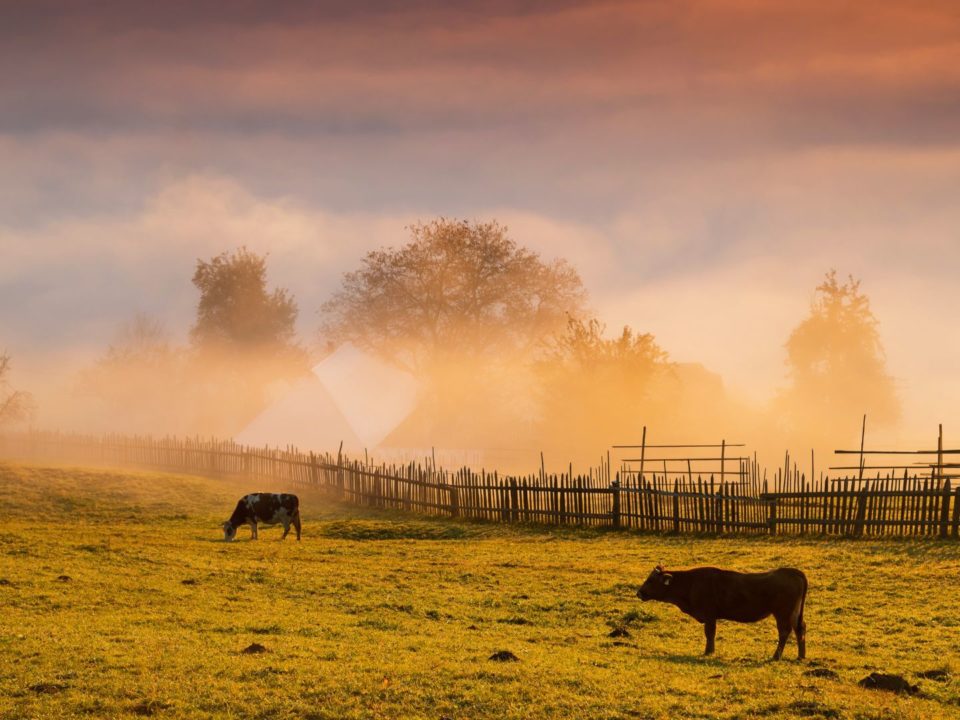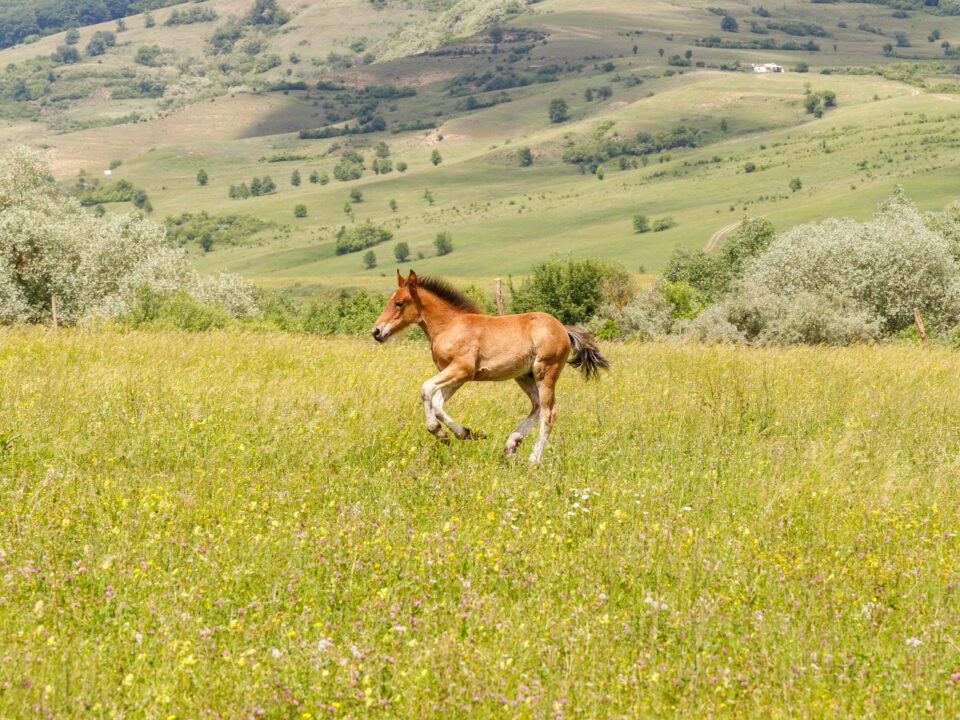
The Most Beautiful Villages In Transylvania
July 12, 2022
8 Beautiful Places To Visit in Sibiu For An Unforgettable Trip
September 12, 2022Transfagarasan
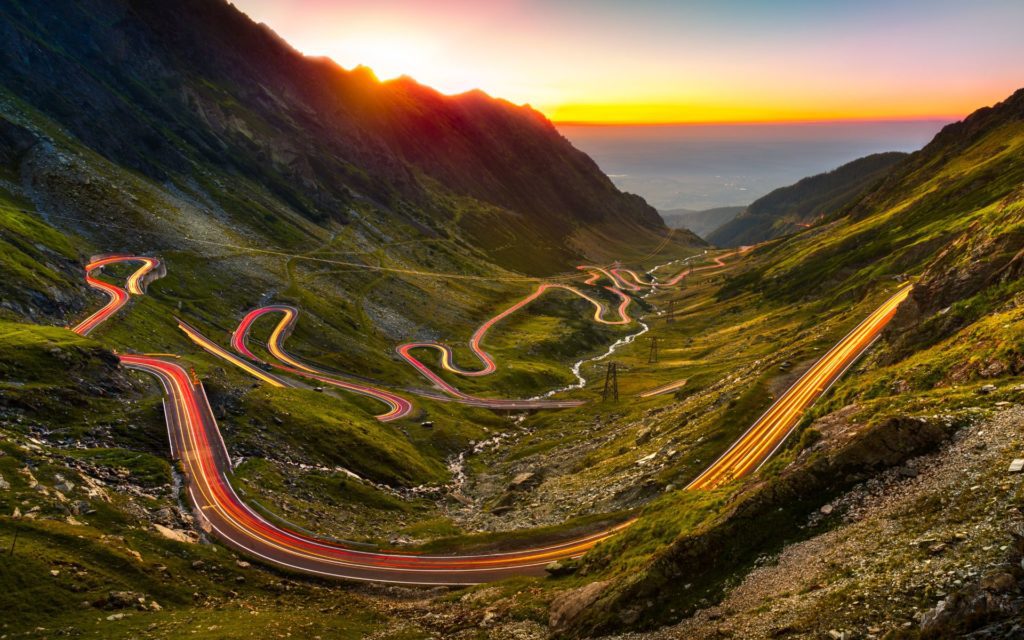
Transfagarasan is a high-altitude road that crosses the Fagarasan Mountains in the Carpathians and is one of the most unique places to see in Romania.
It was built during communism as a strategic road that connects the south of the country with its center. While not all communist heritage is worth checking out, driving on the Transfagarasan road is quite an experience. It was named the most beautiful road in the world by Top Gear’s Jeremy Clarkson, and we agree.
The road is open only for a few months during the summer, as usually it’s covered in snow from early fall until late spring or even early summer.
If you want to come for a drive on Transfagarasan in a Ferrari, Aston Martin, or Porsche, Beyond Dracula can organize it for you. Email us at office@beyonddracula.com.
Muddy volcanoes
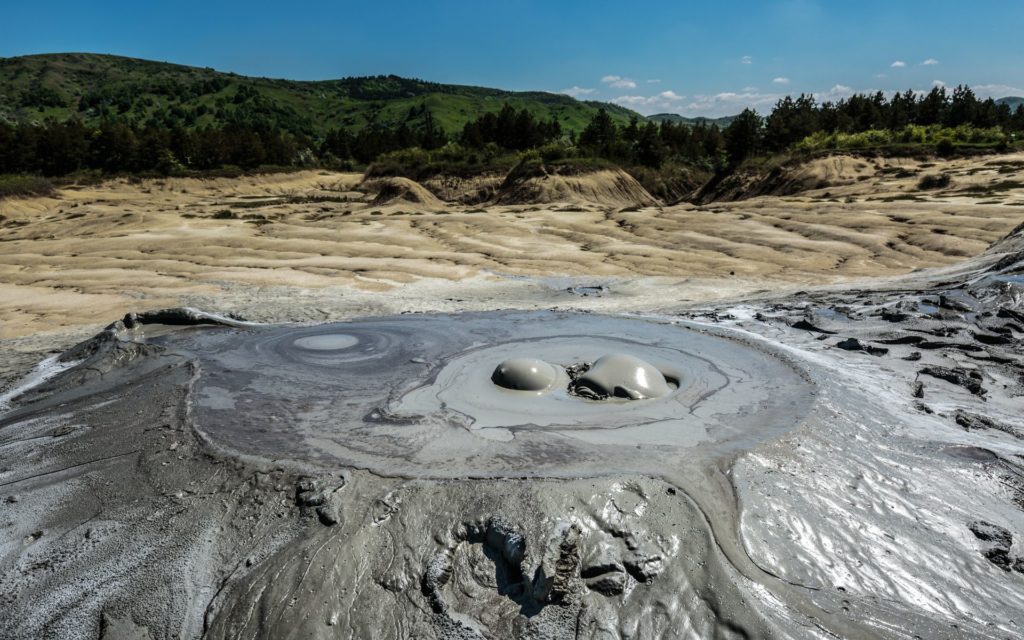
Muddy volcanoes can be seen in several areas around Romania, particularly in Transylvania, Moldova, and Buzau county.
The most famous ones are the ones in Buzau county, located in the Carpathians, and are spread over more than 60 acres.
Part of a natural reserve, visiting requires an entrance fee. Also, it is worth noting that the best time to visit is during spring and fall.
The sunken village – Geamana
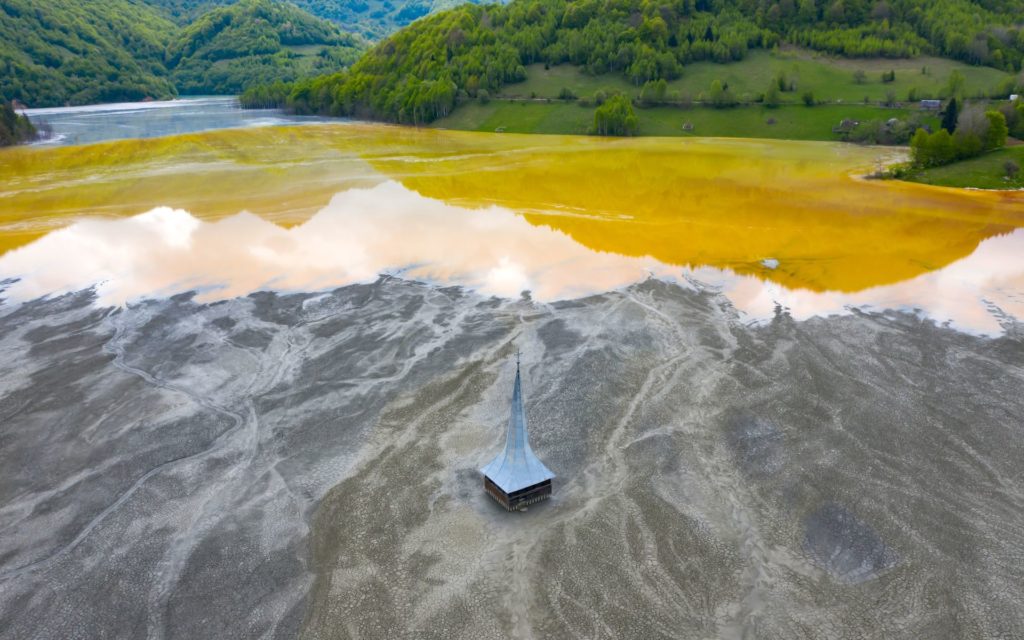
The story of how this place came to be it’s tragic and, while it became touristic, we Romanians are hoping to raise awareness about this ecological disaster.
During communism, copper exploitation through the Rosia Poieni mine reached the village of Geamana. The locals were offered money to leave their land and homes behind for the exploitation to continue.
Rosia Poieni is the second-largest copper reserve in Europe and its decanting basin completely erased the village of Geamana and polluted water streams and lands surrounding it.
What you see today is the church’s tower, which sits on a hill 100 meters above the rest of the village. 400 houses are completely covered in toxic waste.
Maramures
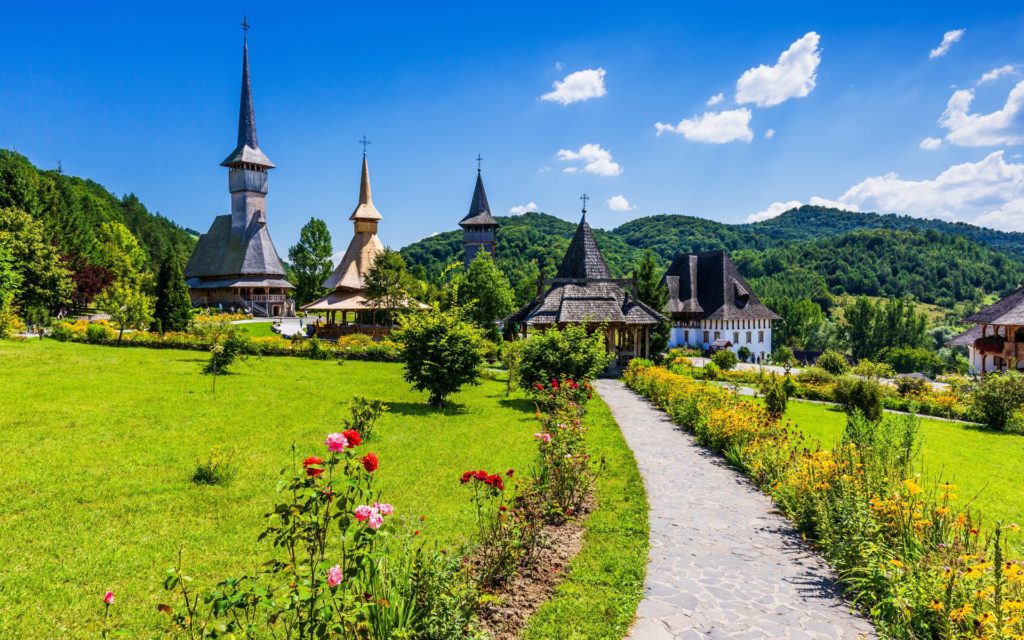
Maramures is considered by many the heart and soul of rural Romania. It’s like an open-air museum, where everything is frozen in time. The villages, the traditions, and even the people’s way of life are beautifully preserved and have been followed for generations.
Maramures is the place to be if you are looking for art, culture, traditions, and spectacular landscapes.
Barsana village is located in Maramures, the Northern part of Romania, and is home to Barsana Church which was built in 1720 in wood.
In fact, the whole region of Maramures is known for its wooden churches, 9 of them being part of the UNESCO World Heritage.
Maramures is also known for its local crafts, from carving wood to hand-processing wool and the large scale of using water mills for washing rugs and textiles.
It is home to one of the 2 steam trains in the country that is still functional and open to the public, as well as one of the best places to try traditional Romanian food.
Turda Saline
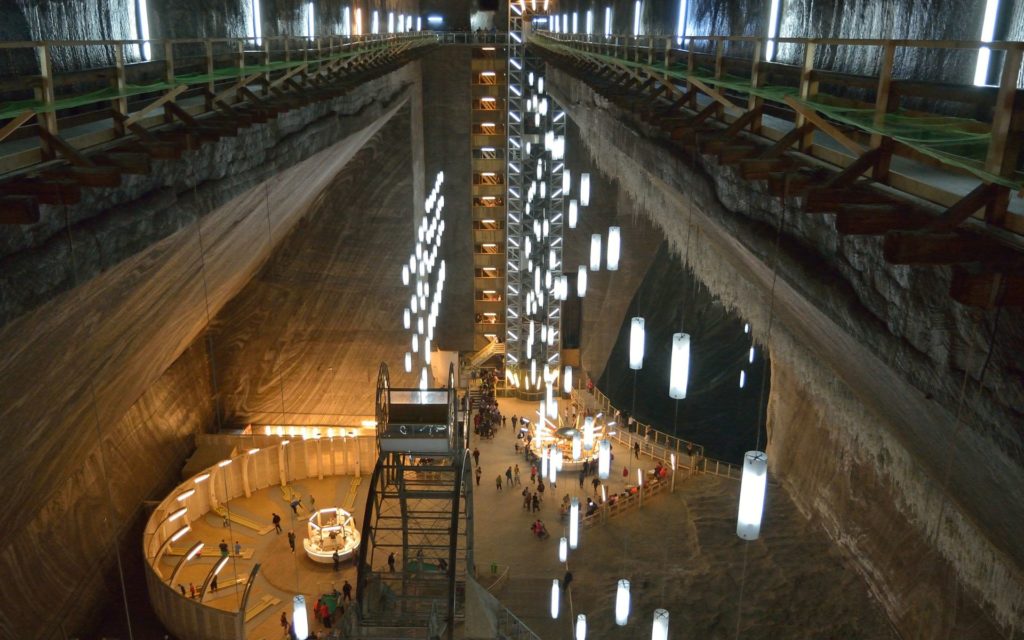
According to the website, Turda Salt Mine is the world’s most spectacular natural underground formation, shaped by people and one of the most unique places to see in Romania.
Close to Cluj-Napoca, one of the most beautiful cities in Transylvania, Turda Salt Mine is a must-visit if you are in the area. Aside from its breathtaking beauty, the salt mine also has health benefits, among the most known, helping with respiratory issues, such as asthma.
It is more than 120 meters deep, which means you need to wear a jacket if you visit, holds more than 38 million tons of salt, and offers plenty of entertainment, such as underground river boat trips, sports, and movie screenings, making it an excellent destination for people of all ages, including families with kids.
The Danube Delta
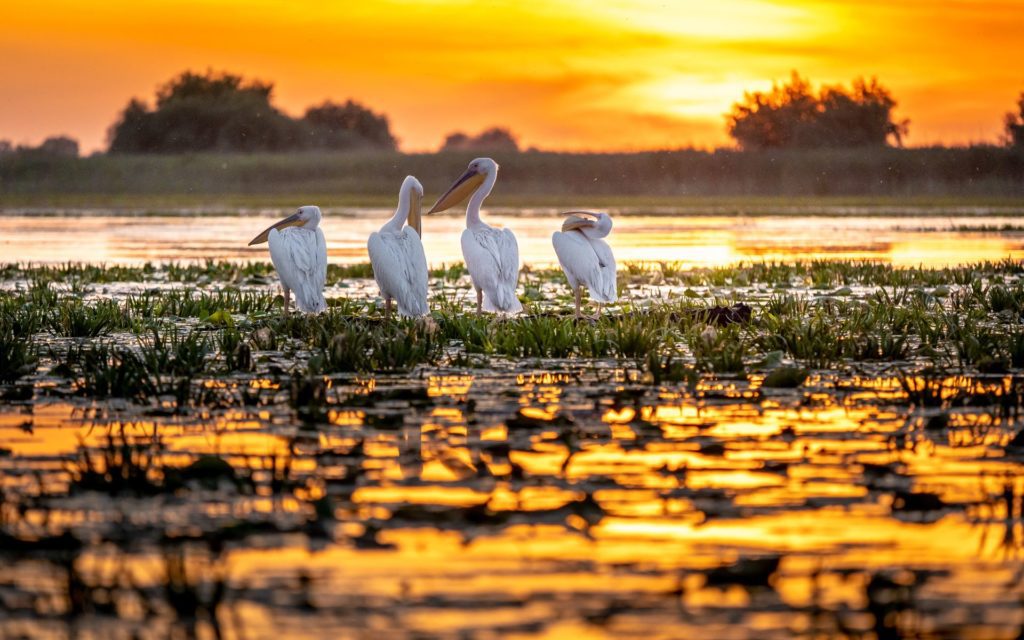
The Danube Delta is the second-largest and best-preserved river delta in Europe. It is located in the Eastern part of Romania and it is the place where the Danube River meets the Black Sea.
It is a UNESCO World Heritage Site due to its more than 5,500 flora and fauna species, making it one of the largest biosphere reserves in the world, preceded only by The Great Barrier Reef in Australia and The Galapagos Archipelago in Ecuador.
The Delta is heaven for nature lovers and, while more than half of the biosphere is intact, there are plenty of options in terms of accommodation and activities.
While the 300 bird species are the main attraction to the Danube Delta, you can also see wolves, foxes, deers, boars, and wildcats during the watching season, which lasts from early spring to late summer.
Let us know if you want us to arrange a bespoke tour to Romania for you by filling out the form below.


